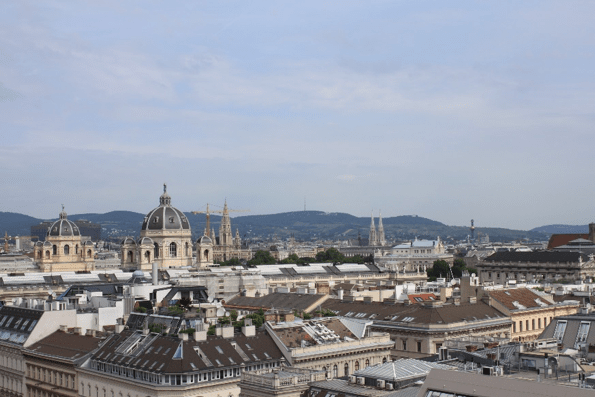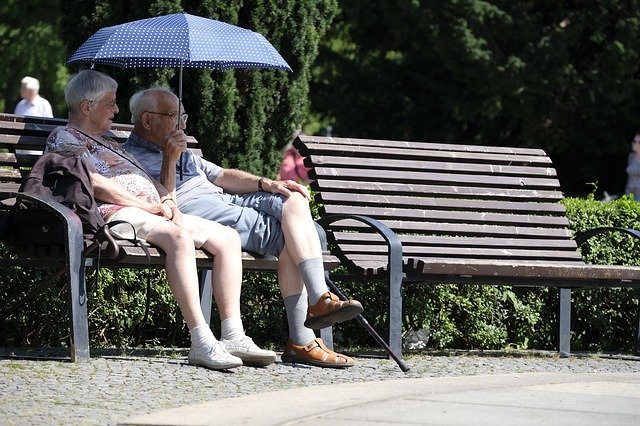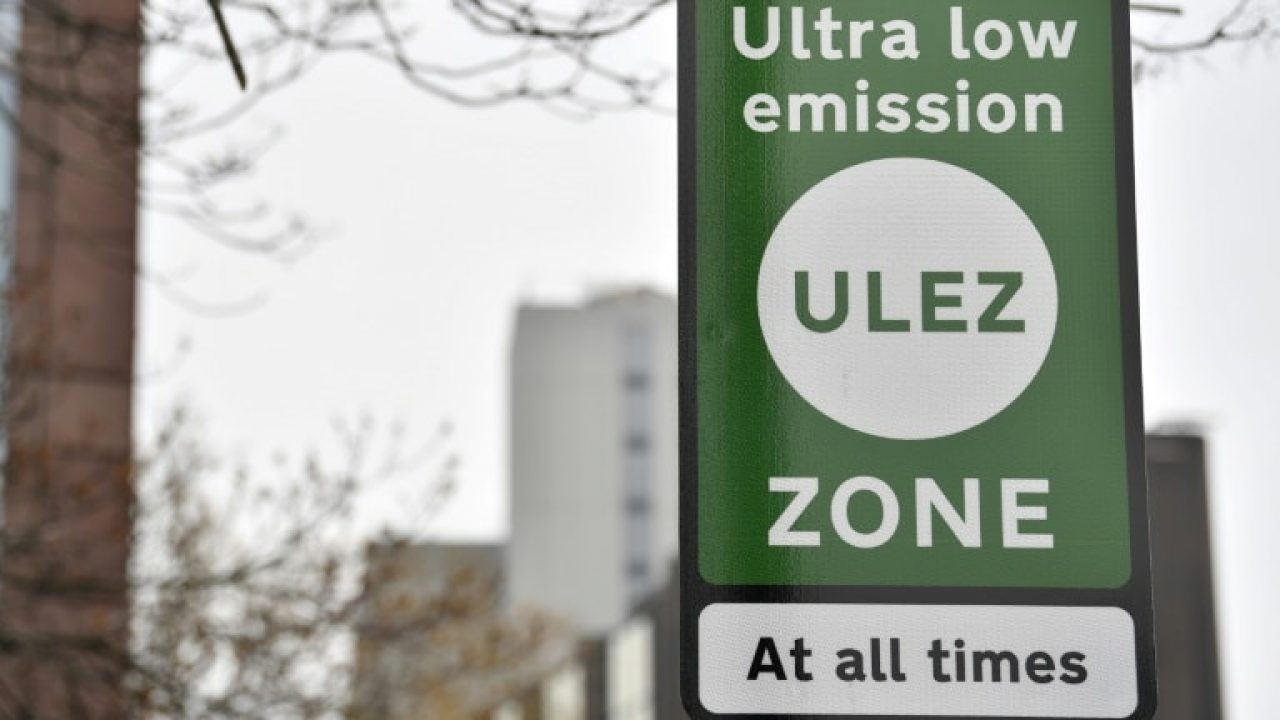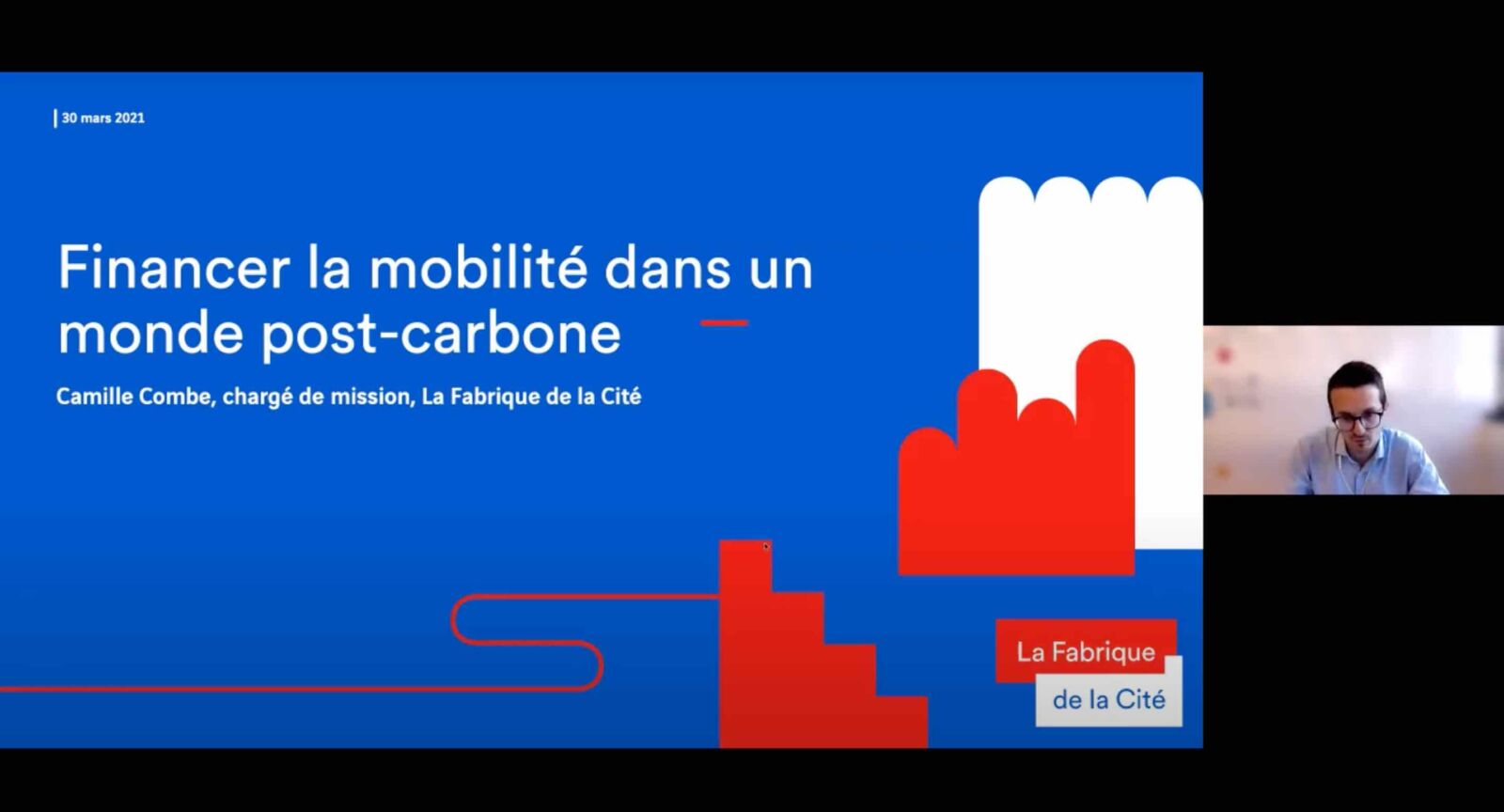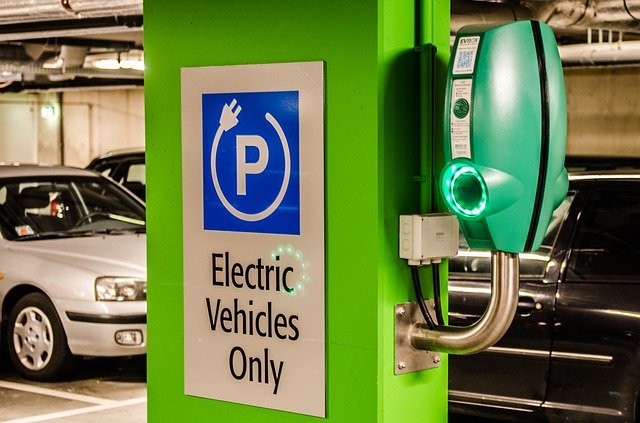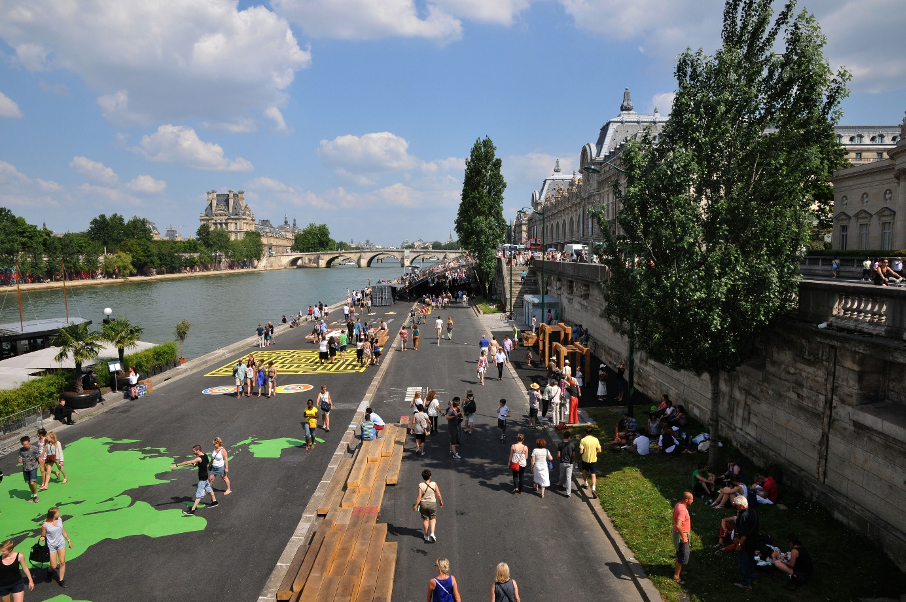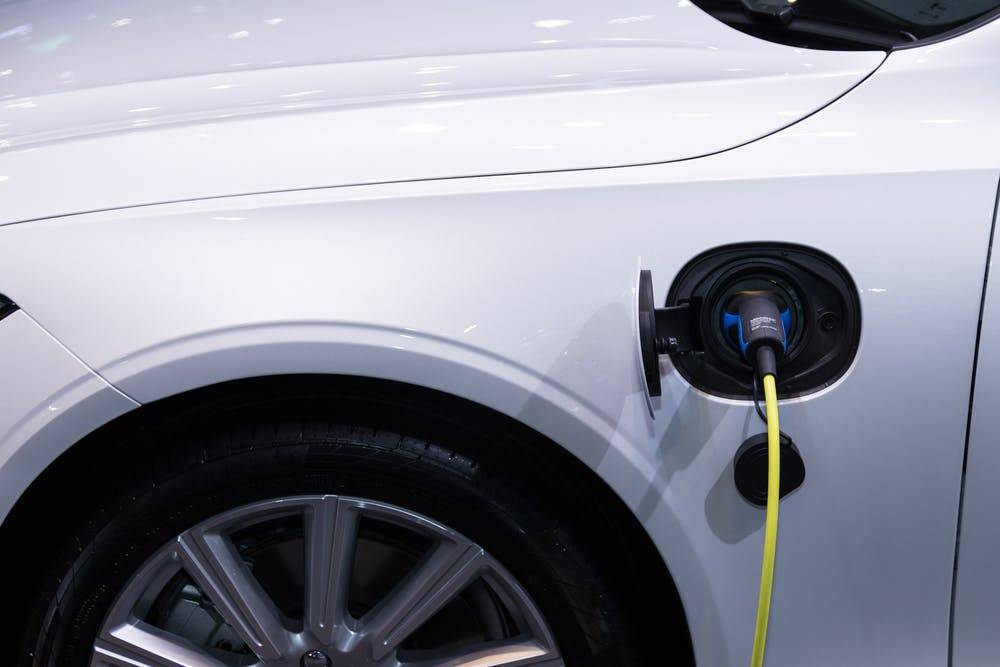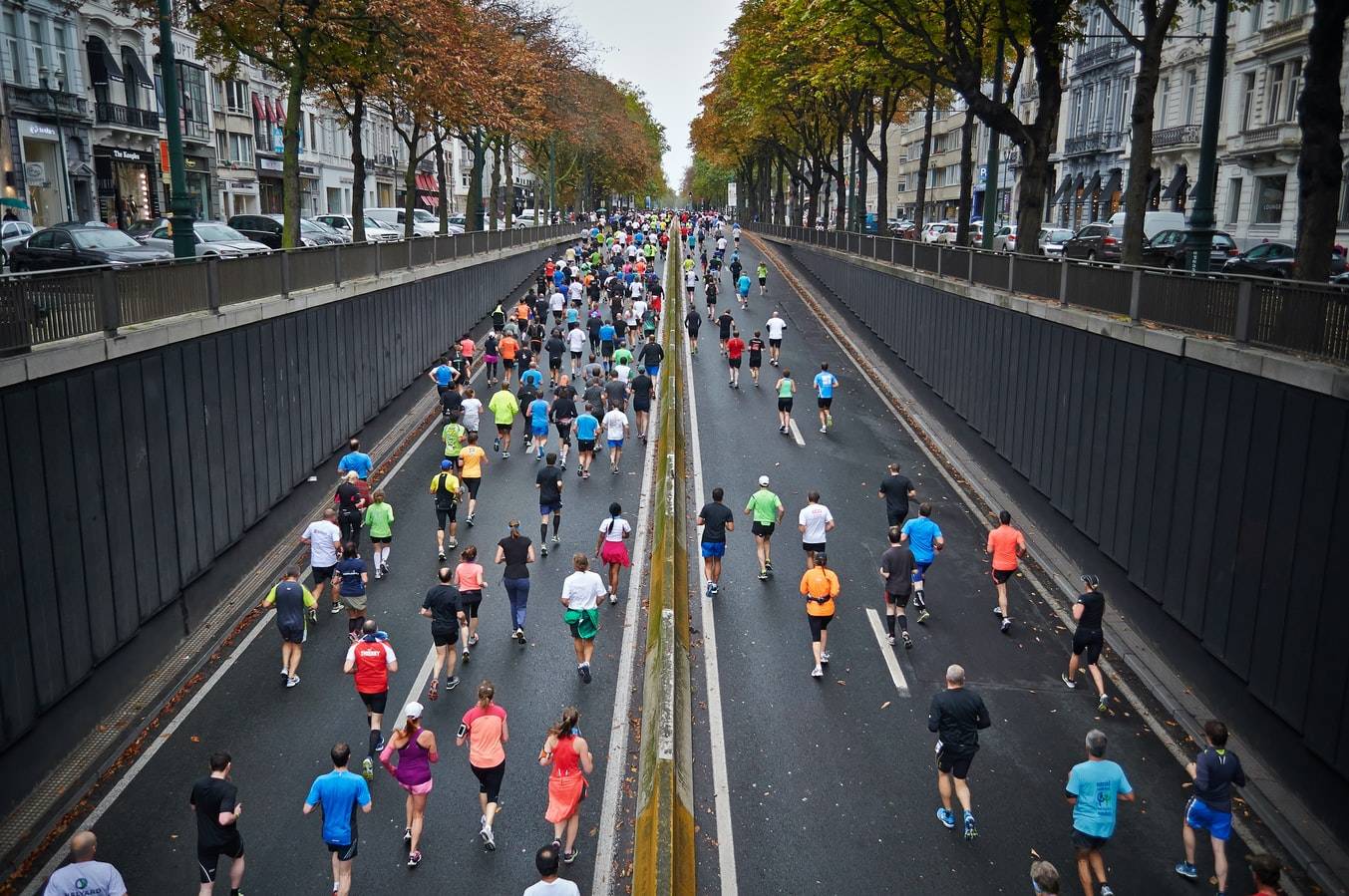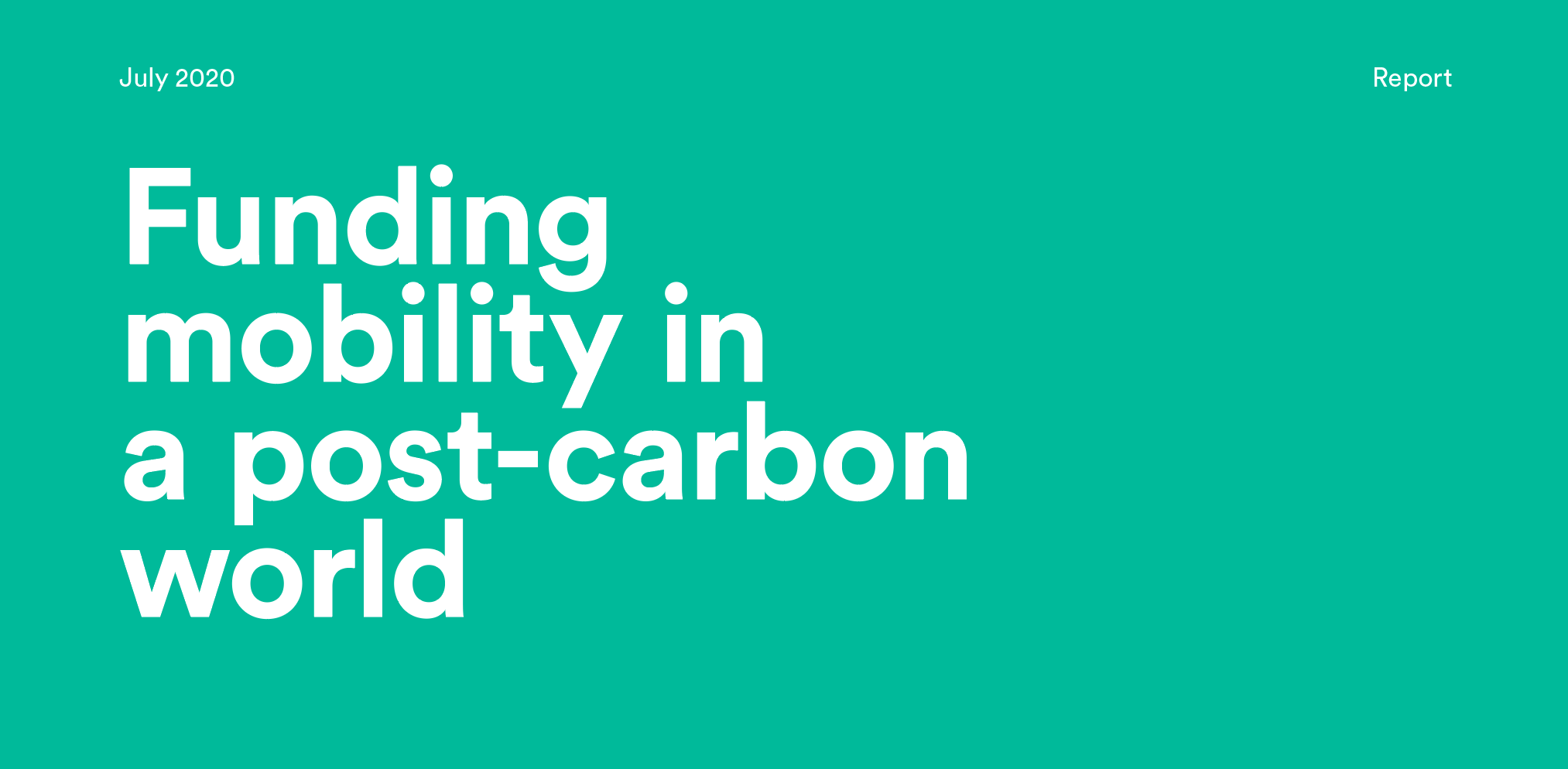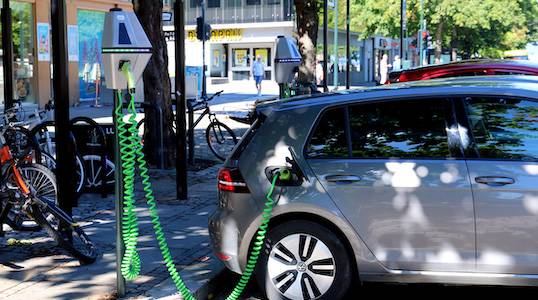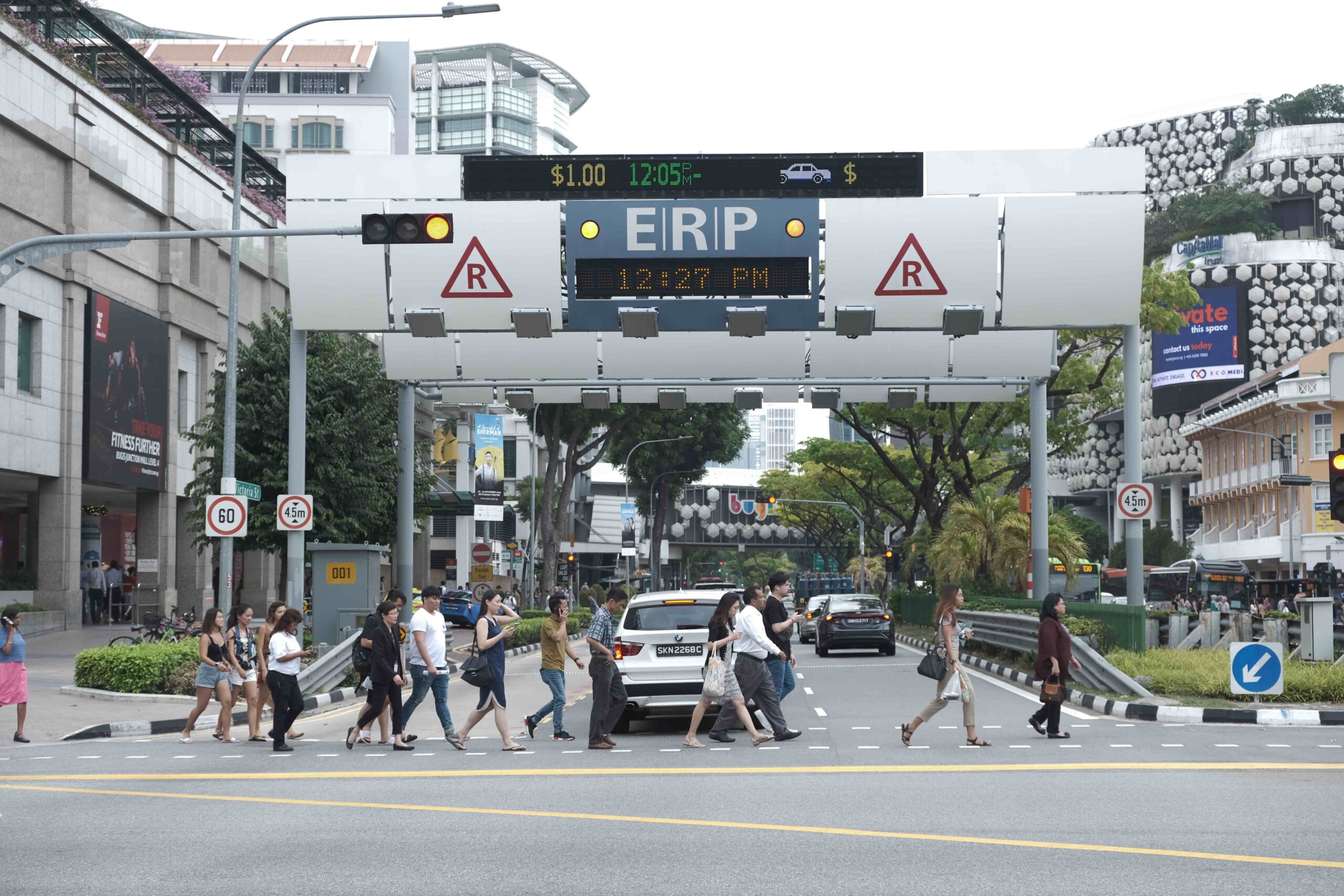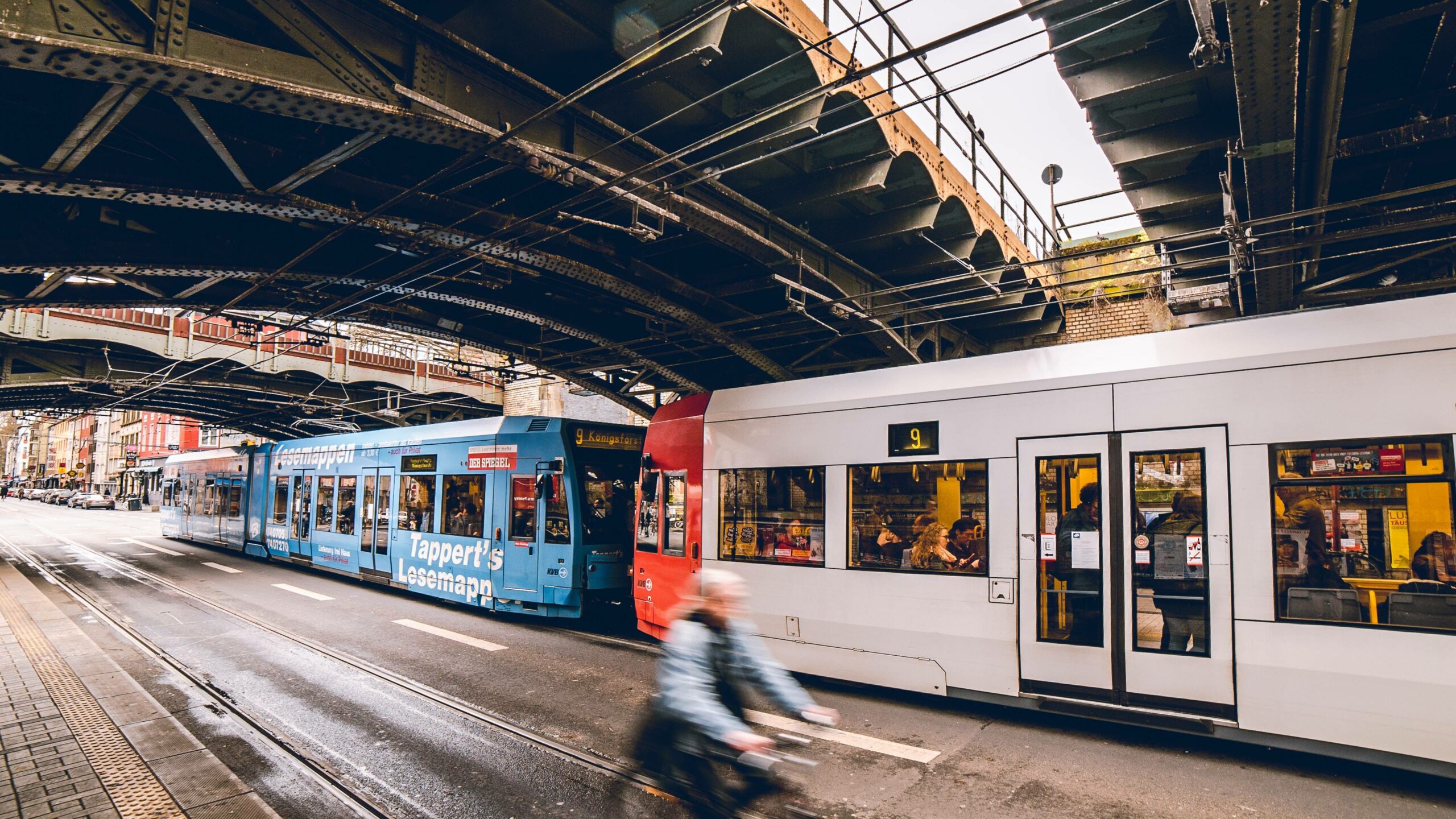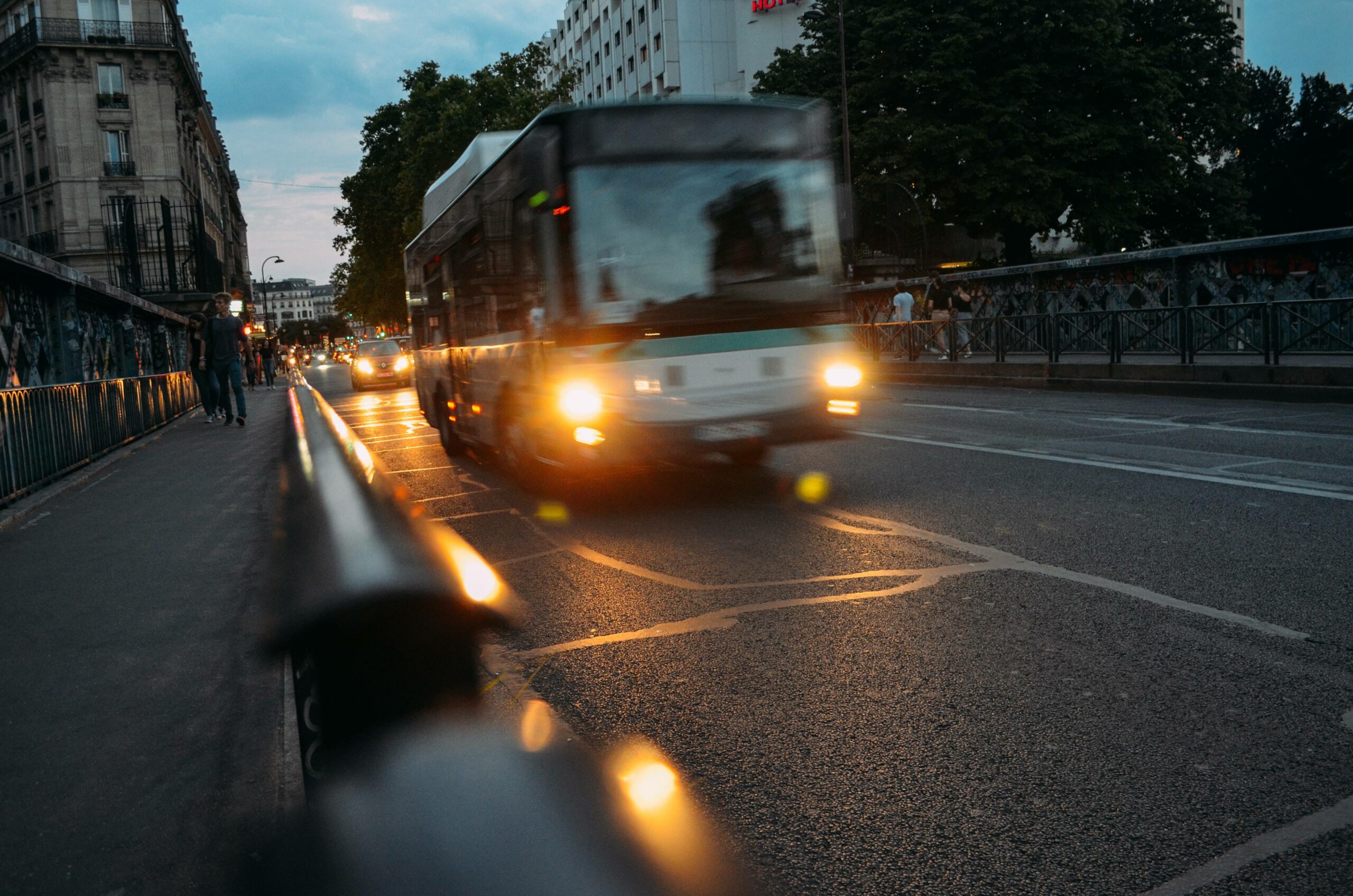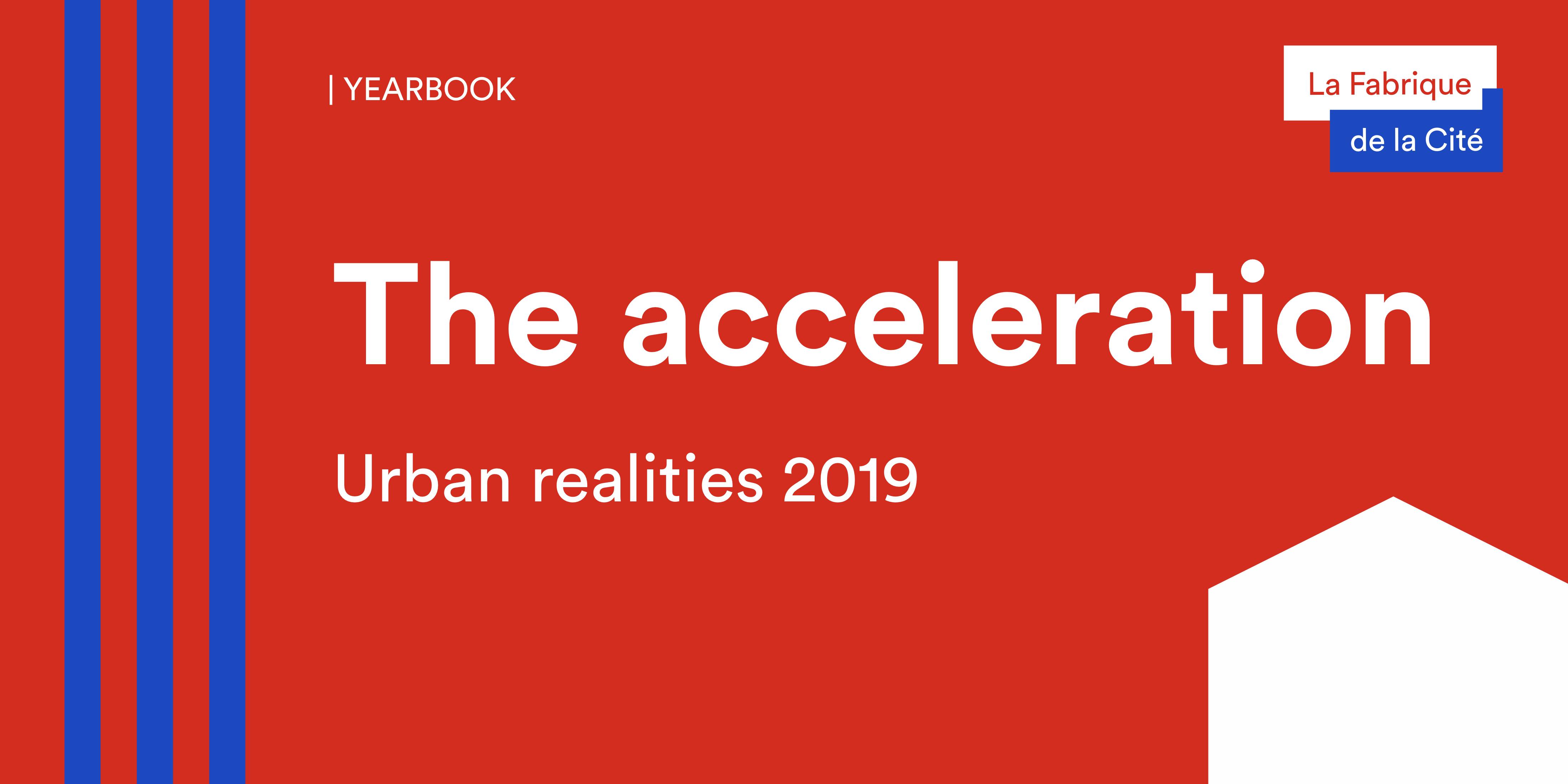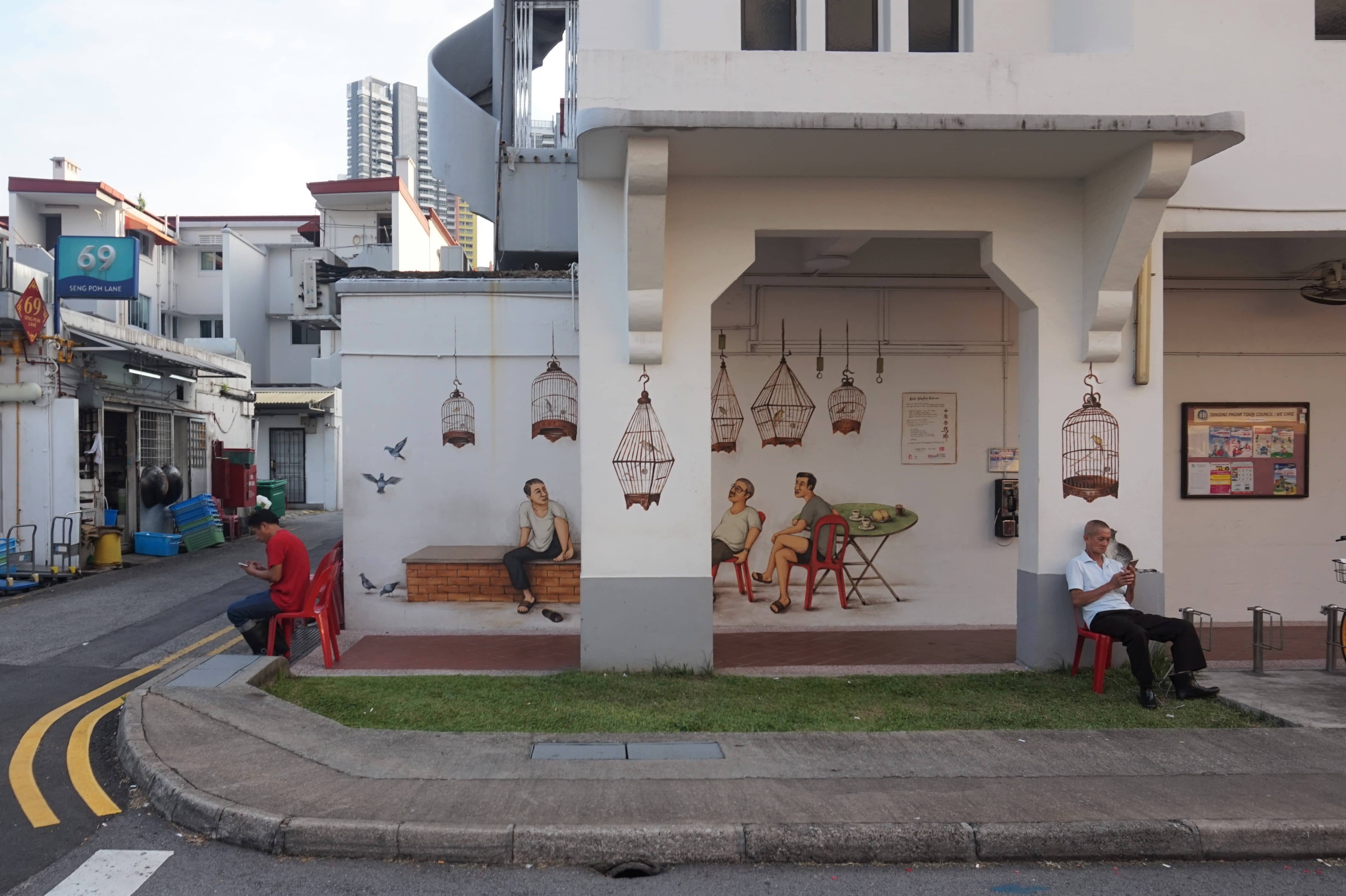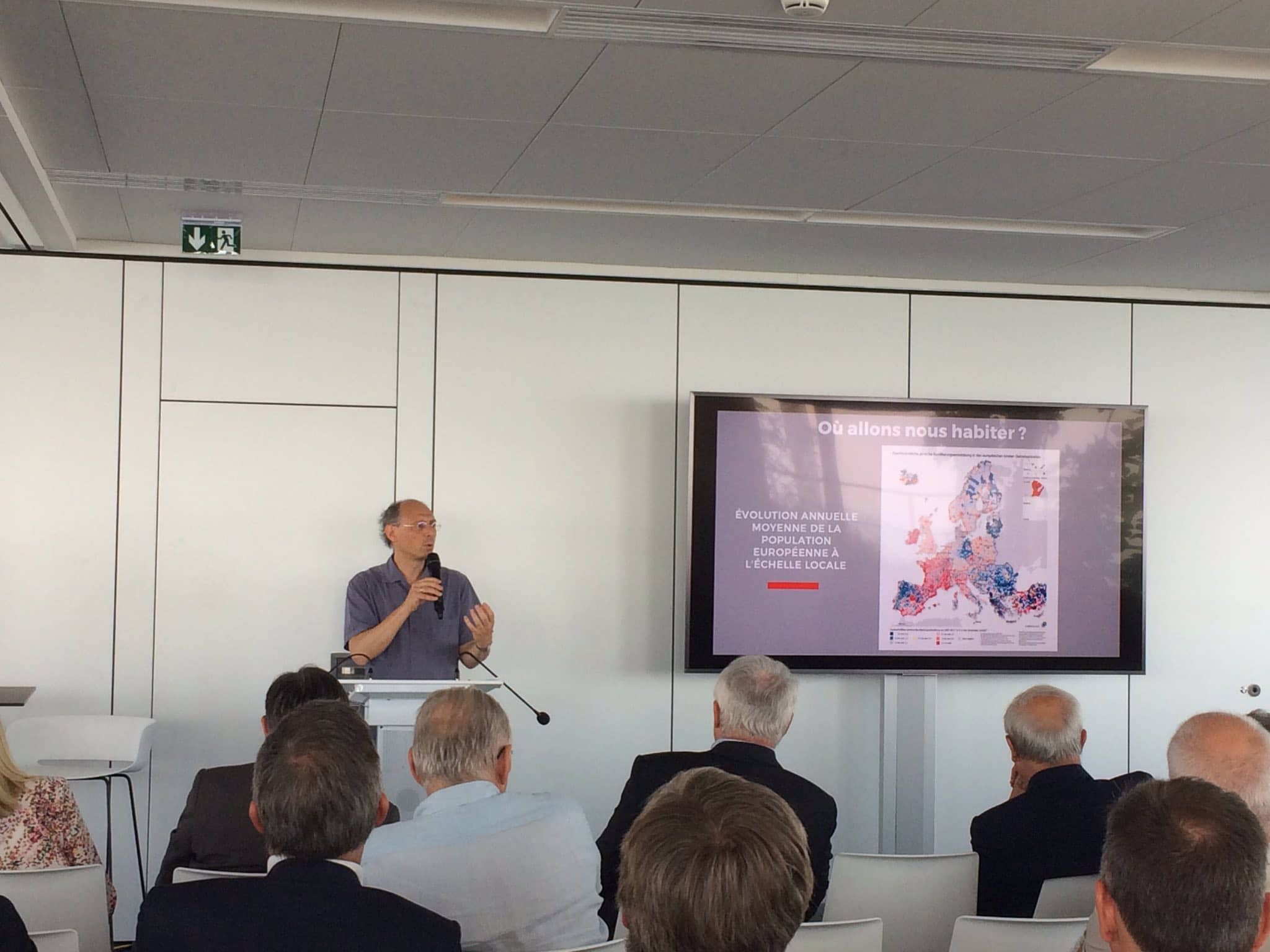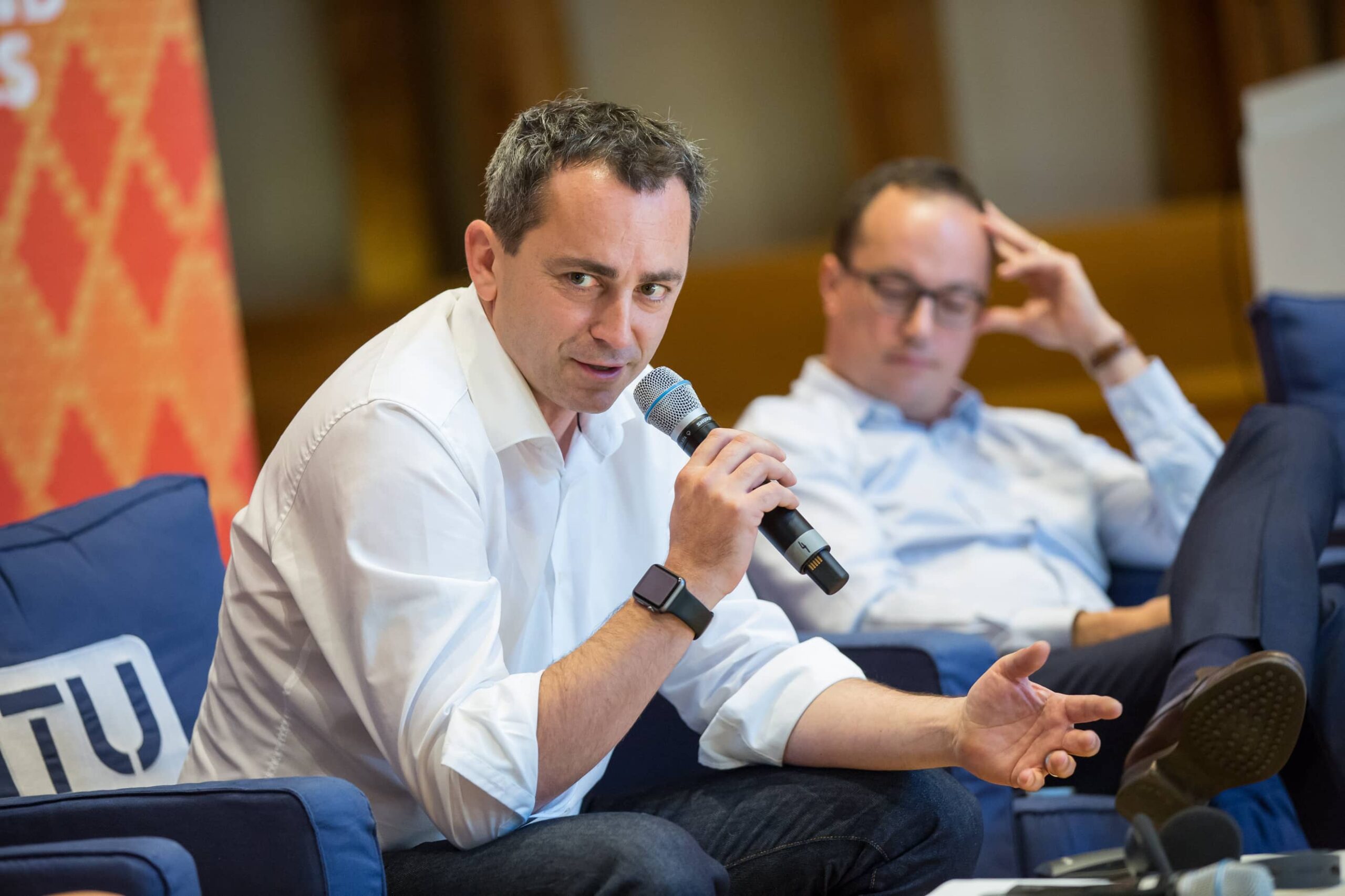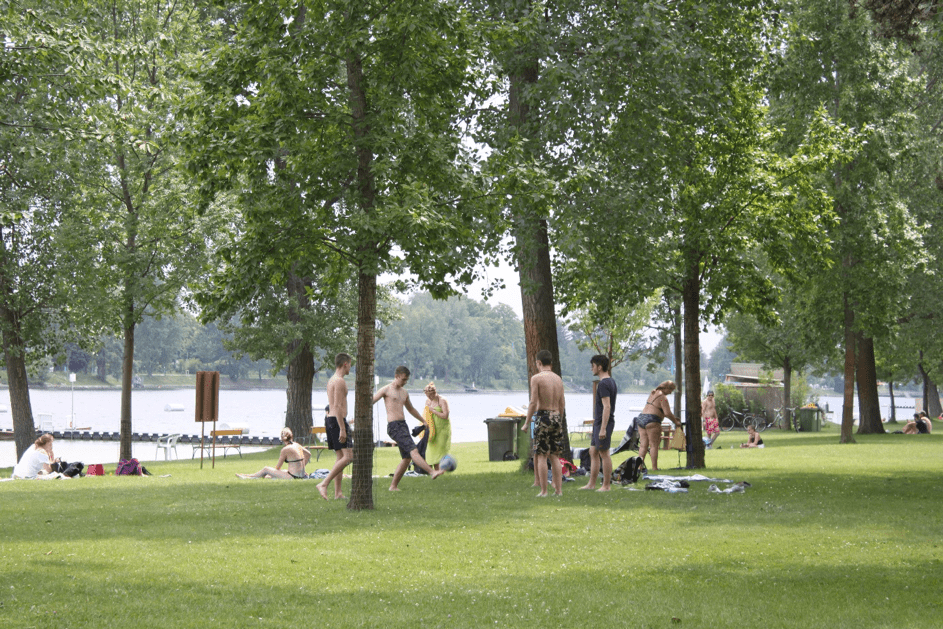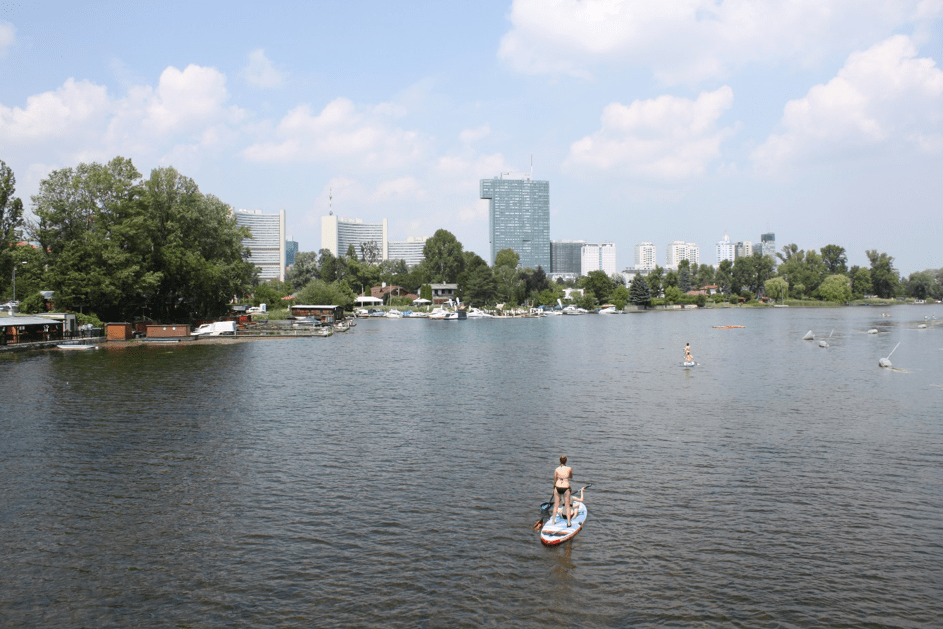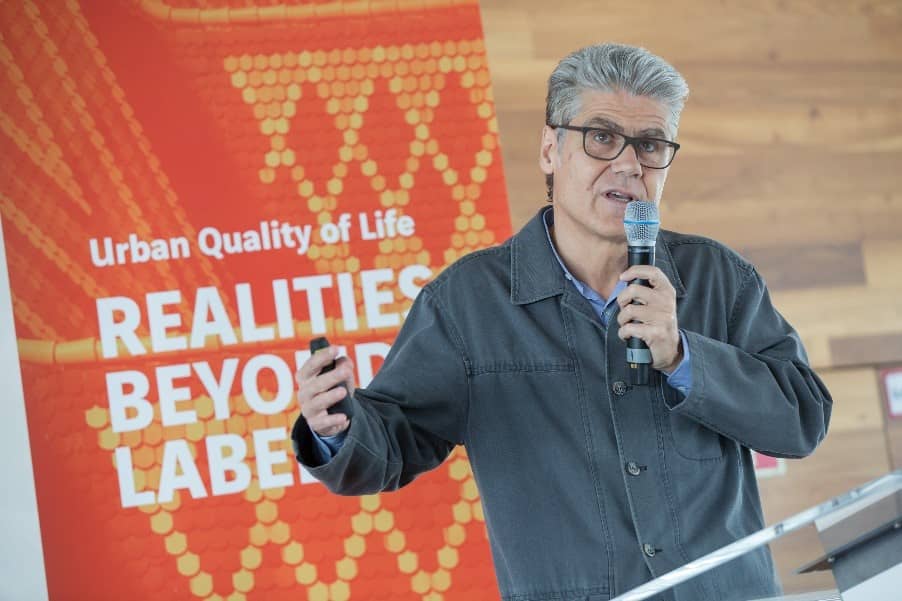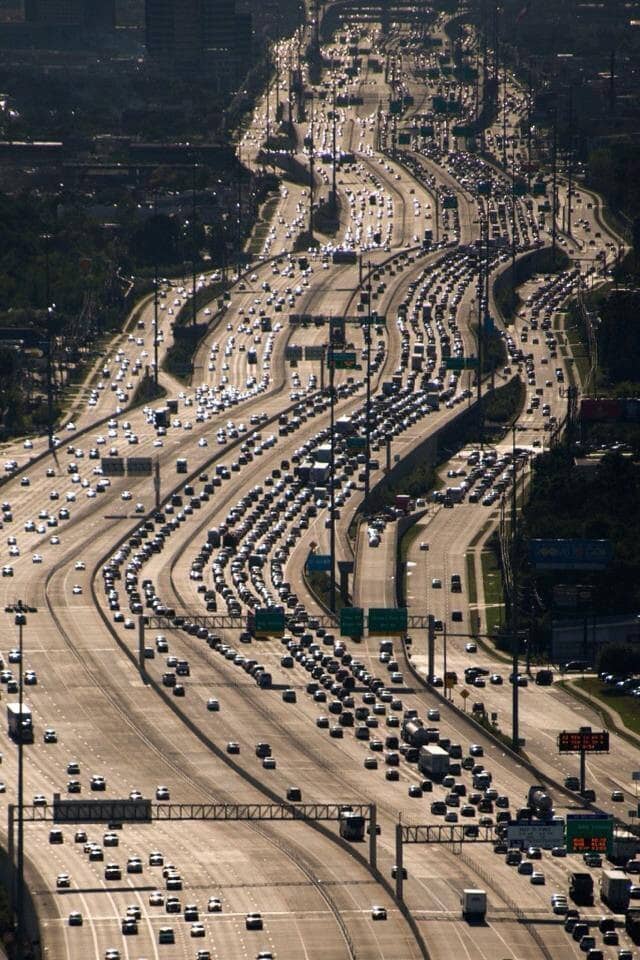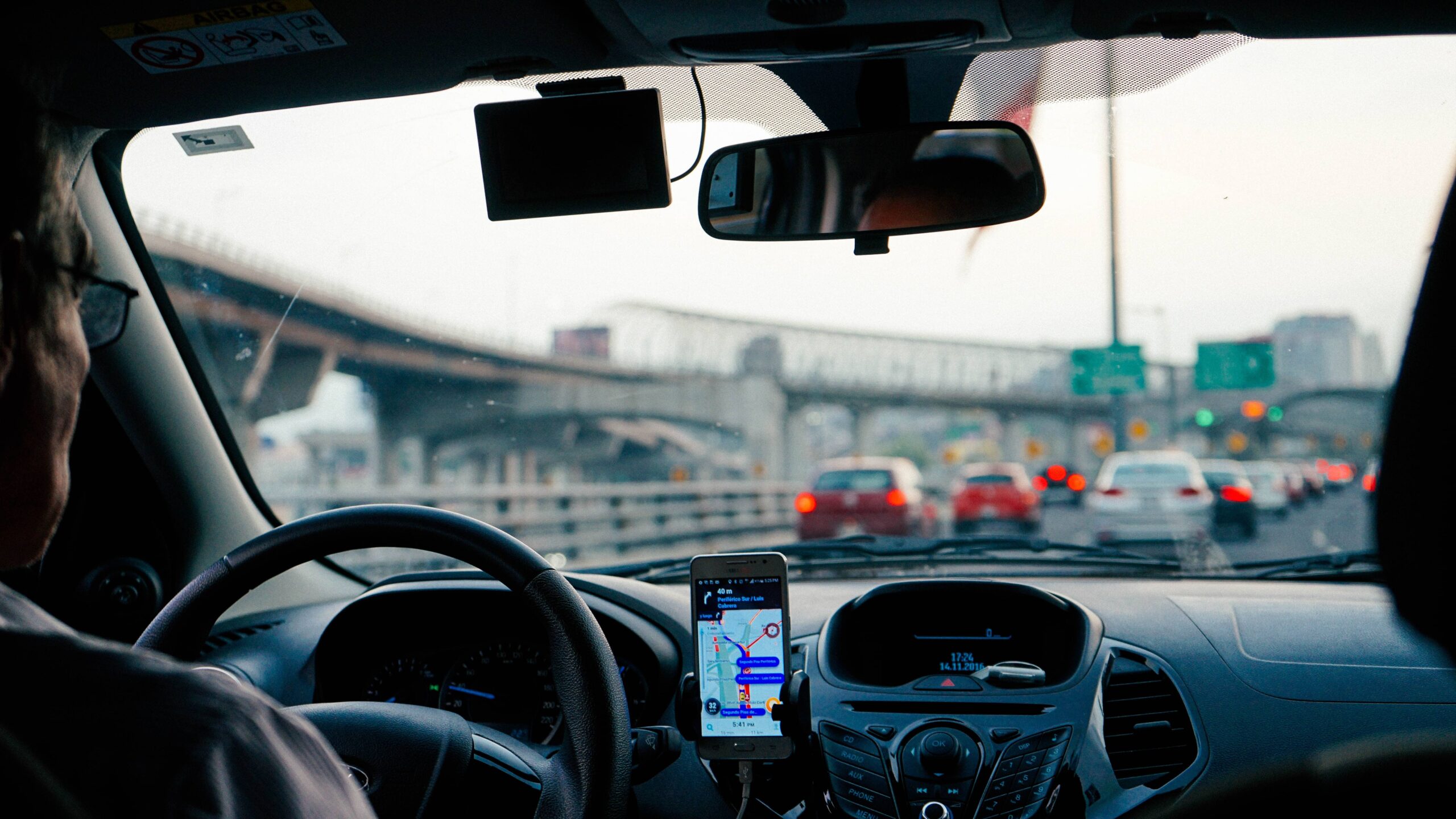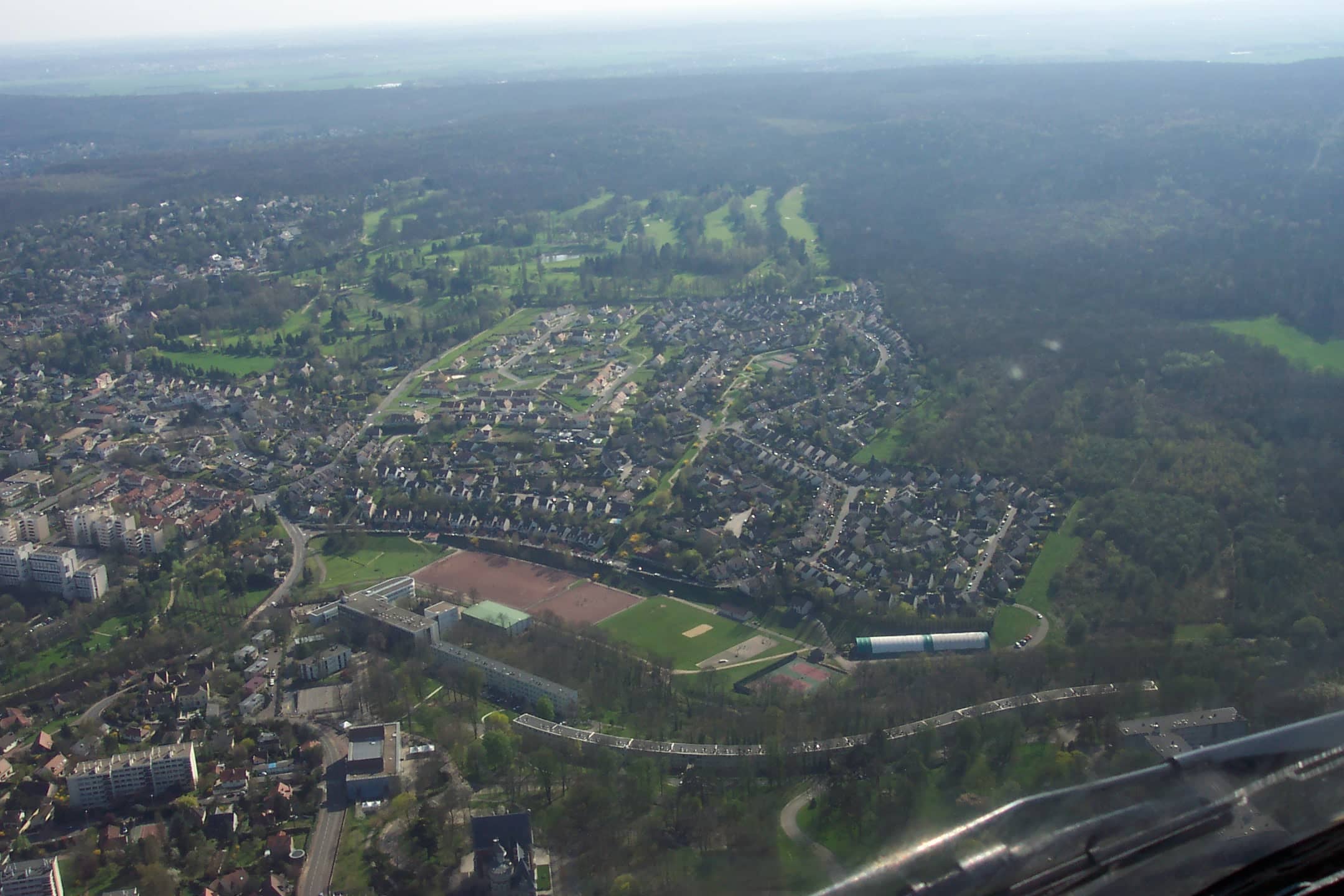

Is efficient mobility a guarantee of quality?
Mobility is a guarantee of significant individual freedom and of access to different physical and social spaces. It can also be experienced as a real burden on a daily basis. Stress, time wasted, congestion and pollution: the list of strains is long. How can efficiency and quality travel be combined to make mobility a real guarantee of quality of life? The development of digital and new technologies enables us to enjoy a better understanding of uses in real time and, on this basis, to optimise transportation networks. If it is a guarantee of efficiency, does this mean that this optimisation is a guarantee of quality? Vincent Kaufmann raises the question as follows: “has the compression of space-time resulted in extended scope for individuals in how they live their lives[1]?”. Is the quality of mobility measured by its efficiency or in its ability to guarantee physical journeys and social mobility for all? During its 2018 international seminar in Vienna, La Fabrique de la Cité took the opportunity to meet various mobility stakeholders who shared their opinions on this subject
What is efficient mobility?
Mobility is individuals’ physical ability to travel from point A to point B. “Efficiency can be understood in different ways”, reminded Guillaume Malochet, head of strategic marketing at Eurovia. “The most obvious is to link efficiency and time-saving: the idea of travelling as quickly as possible. Efficiency can also be defined by multimodal transportation and therefore of a choice in the transportation method”. Each person can, according to their individual experience, choose the method that best suits their situation and requirements. “If we no longer focus on the individual mobility experience but on the system by which a local area is organised, mobility can be deemed efficient if it strikes a balance between the different flows (of people, goods, flows brought about by the different transportation modes) which allows the entire mobility system to run smoothly. Yet can this overall efficiency be compatible with efficiency on an individual scale?”. The question of scale is raised whenever an overall vision of mobility is adopted. Any journey involves crossing borders. How can systems be implemented which correspond to users’ living areas with borders which are more porous than administrative boundaries? Which scale of governance should be adopted? Cooperation between local areas is key in ensuring efficient mobility.
The quality of infrastructure is the absolute precondition of quality mobility, in that well designed and maintained infrastructure can enable and encourage the use of a variety of transportation modes suited to user needs while making comfortable, fast and smooth journeys possible. There is therefore really much at stake in the infrastructure’s initial design, which cannot be viewed as a neutral medium for journeys: the first challenge is therefore to design a shared transportation infrastructure, which is not devoted to a single transportation mode, and to consider variations in the use of infrastructure. “A street can change use according to the time of day,” stressed Karina Ricks, director of mobility and infrastructure at the city of Pittsburgh, and can be pedestrianised at certain times, as demonstrated by the increasing number of initiatives such as the pedestrianisation of the Champs-Elysées in Paris.
New mobility trends
“Mobility uses change quickly and there are currently three major trends”, commented Guillaume Malochet. The first is the emergence of co-modality. This concept, which appeared for the first time in 2006 at the European commission in charge of transportation, defines a mobility approach which combines various transportation modes. The idea is no longer to find an ideal transportation mode to optimise mobility, but rather to combine different modes successfully. The challenge is to ensure smooth journeys when there is a change in mode and to coordinate them.
In addition, there is an increase in on-demand mobility. Fuelled by the popularity of private hire vehicles with driver, it meets the requirement for flexible and personalised journeys. This trend is a major departure: a shift from the ownership of transportation modes to their simple use. If this trend prevails, people will no longer own their cars but rather will use a given vehicle rented by the manager of a vehicle fleet. This transition from ownership to use could bring about several major changes. First of all, in the range of stakeholders: will current stakeholders be able to adapt their service to this new situation and position themselves on this new mobility and mobility services market – or will they be left behind by the new arrivals? Then, on-demand mobility could significantly change the way public space is designed as well as the accessibility of infrastructure according to the different successful options: shared or individual on-demand mobility? Mobility that is independent or not?
The latest major trend is that of shared mobility. The increasing number of platforms such as BlaBlaCar underscore this change clearly. This shared mobility can take various forms: car-pooling, car sharing between individuals, car-sharing services, with or without stations, commercial or public, shared company car fleets, etc.
However, the use of a personal car remains a major urban reality. Major cities are struggling to reduce its modal share: flexible and designed as an extension of one’s home, the personal car remains the mode of transportation deemed the most practical and the most comfortable. Yet this model is no longer viable: this individual optimum is no longer compatible with the collective optimum and objectives to reduce the environmental footprint. Vienna city council has successfully reduced the use of cars drastically through a strong political drive. This involved shifting from a paradigm in which cars have precedence to a new paradigm focused on pedestrians and soft mobility, crucial if we are to meet the environmental challenge. “How can these different mobility types be provided and how can things be done differently in cities? The city council invests in shared mobility. For example, it has rolled out a district bicycle system that is fully subsidised”, explained Angelina Winkler, deputy director of Vienna’s urban development department. However, Vienna, like many major cities, can no longer decrease the modal share of cars simply through incentive measures and is considering the relevance of implementing measures to limit the use of non-shared personal vehicles. Would one means of successfully combining the individual and collective optima be to invent efficient mobility services as an alternative to personal vehicles?
To ensure its transformation, mobility must take into account these trends and developments and its conventional stakeholders must be able to support this change. “Infrastructure must reinvent itself to provide other services to users”, claimed Guillaume Malochet. “I am thinking in particular about the changes brought about by the development of autonomous vehicles. To travel around, they will definitely need to be interconnected. Yet they will also have to ensure a connection with the infrastructure in which they are travelling. Roads must be equipped, for example, with roadside units”. Infrastructure design must now focus on the services required for new mobility forms. However, “when faced with this change, how can rates be set that are appropriate for the services provided and non-exclusive?”, questioned Guillaume Malochet.
How can the different forms of mobility be developed?
How can infrastructure be developed to best meet user requirements against a backdrop of growing individualisation? There is heightened tension between the rise in individual mobility and the limited capacities of infrastructure, and this tension adversely affects the end quality of mobility and is not conducive to environmental protection. “In the USA, to meet mobility issues, emphasis was placed on the creation of more spaces for cars, while in Copenhagen, it was decided to reduce the space allocated to vehicles in order to create more spaces for people. The upshot of this is that in the USA, there is greater mobility but there has not been an increase in accessibility”, explained Michael Kodransky from the Institute for Transportation and Development Policy. “In Houston, in a region enjoying strong growth, some roads already had more than twenty lanes for private cars, and these roads were constantly gridlocked. How could mobility be improved? The authorities decided to further enlarge the roads and to create more lanes … Infrastructure is totally designed for mobility. No thought was given to the fact that this extension would favour cars without necessarily reducing congestion, nor improving accessibility in the centre”. The decisions made in Houston are the polar opposite of those made in Copenhagen. While Houston perceives enhanced mobility as an increase in traffic brought about by adding to conventional infrastructure, Copenhagen, conversely, is striving to bring about in-depth change in mobility practices. In both situations, it has been observed that infrastructure is at the core of the solutions to mobility problems as it can favour one mode of transportation over another, depending on its type, the services provided and its quality. If, through an efficient infrastructure system, using a bicycle is more practical than taking the car, users will tend to use their bicycles. Karina Ricks extended the discussion on roads to public space, stressing its key function in converting mobility practices, which cannot be summed up simply as a journey from point A to point B but which are used to roll out a programme of daily activities and to develop social ties: “the quality of the infrastructure necessary for soft mobility is essential: well-maintained cycle paths, welcoming public spaces which enable everyone to move around – by installing benches at regular intervals for the elderly and by planting trees to provide shade for pedestrians. Public spaces are a genuine medium for mobility, where it is possible to forge social ties”.
If the quality of infrastructure makes it a real lever for new forms of mobility, the potential of infrastructure is yet to be achieved: to do so, stressed Karina Ricks, we must consider the objective of each person’s mobility as well as any obstacles to it – which go well beyond the lack of quality infrastructure and encompass a wide range of social, economic and cultural factors. This is why Vienna city council rolled out a policy of social assistance to promote mobility as a means of identifying the mobility obstacles for the most vulnerable individuals and to provide a solution by helping them to overcome these difficulties. This example reflects the fact that quality mobility is not simply a quality journey: its quality is real when it brings about social mobility for everyone, according to Karina Ricks. Mobility is therefore a societal project more than a technical project.
Integrated mobility: a new paradigm for urban mobility
In order to meet these requirements and to develop quality mobility, a holistic vision of mobility must be adopted urgently. Observing that there are many mobility stakeholders – from users to infrastructure operators – and their expectations are naturally varied, Martin Russ, executive director of AustriaTech, a group set up by the Austrian Ministry for Transportation, proposes the design of a mobility ecosystem, prior to the design of integrated mobility systems: “we have to work as a community” to facilitate the contact between users, private mobility operators and public authorities[2].
One of the first challenges is that of access to information and coordination of different scales: which mobility forms are available, who are the different stakeholders on the market and which mobility policies are rolled out over the different administrative areas? AustriaTech therefore offers a shared IT platform to public authorities, mobility companies and users. In the Paris region, the M2i[3] project strives to facilitate mobility by creating a platform which incorporates all transportation options in an area, including private vehicles. Users can optimise their journeys in this way according to the range of options available. AustriaTech’s digital platform also collects data on user habits. This enables network operators to recover data which helps them to make transportation smoother and to adapt their services to user needs. Lastly, public authorities will use the data collected to assess their mobility policies and review them if necessary.
The advent of digital technology and its players in the field of mobility is disrupting the operation of conventional stakeholders. There are many stakeholders interacting and the local transport authorities can no longer control all aspects. Users play an active role in the production of mobility services, in particular through shared vehicle services. Lastly, new service operators such as Waze, BlaBlaCar and Uber have become key players. “Their power is linked to their ability to amass significant amounts of data in areas without administrative boundaries and their capacity to adapt to technological and social developments”, reminds the IESF report, ‘La mobilité refondée avec le numérique’[4]. The mobility policies conducted by local authorities can therefore no longer be focused solely on the organisation of public services and must also provide a more comprehensive framework for all mobility options in the area. Ways in which these options can be made complementary must also be considered. To make mobility really efficient and to make it a quality experience, it has therefore become necessary to foster dialogue between all stakeholders, from users to operators. AustriaTech proposes a particularly complete solution to this, not only by breaking down administrative boundaries and overcoming conflicts between public and private stakeholders, but by creating links between all forms of mobility and journey types (leisure, work commutes, tourism, cross-flows, etc.) in order to create this integrated mobility system, viewed as the only one able to meet the challenges raised today by mobility – primarily those of social inclusion and the environmental transition.
[1] Kaufmann, Vincent (2005), “Mobilités et réversibilités : vers des sociétés plus fluides ? ”, Cahiers internationaux de sociologie, vol. 118, no.1, pp119-135 (in French)
[2] Marchal, Jean & B.Ndiaye Alassane, Vers une approche intégrée de la mobilité urbaine (https://orbi.uliege.be/handle/2268/18178) (in French)
[3] http://www.mob2i.fr/ (in French)
[4] https://www.iesf.fr/offres/doc_inline_src/752/752_P_37223_565811a93d58c.pdf (in French)
Find this publication in the project:
These other publications may also be of interest to you:

Sending out an SOS

Behind the words: telecommuting

Behind the words: urban congestion
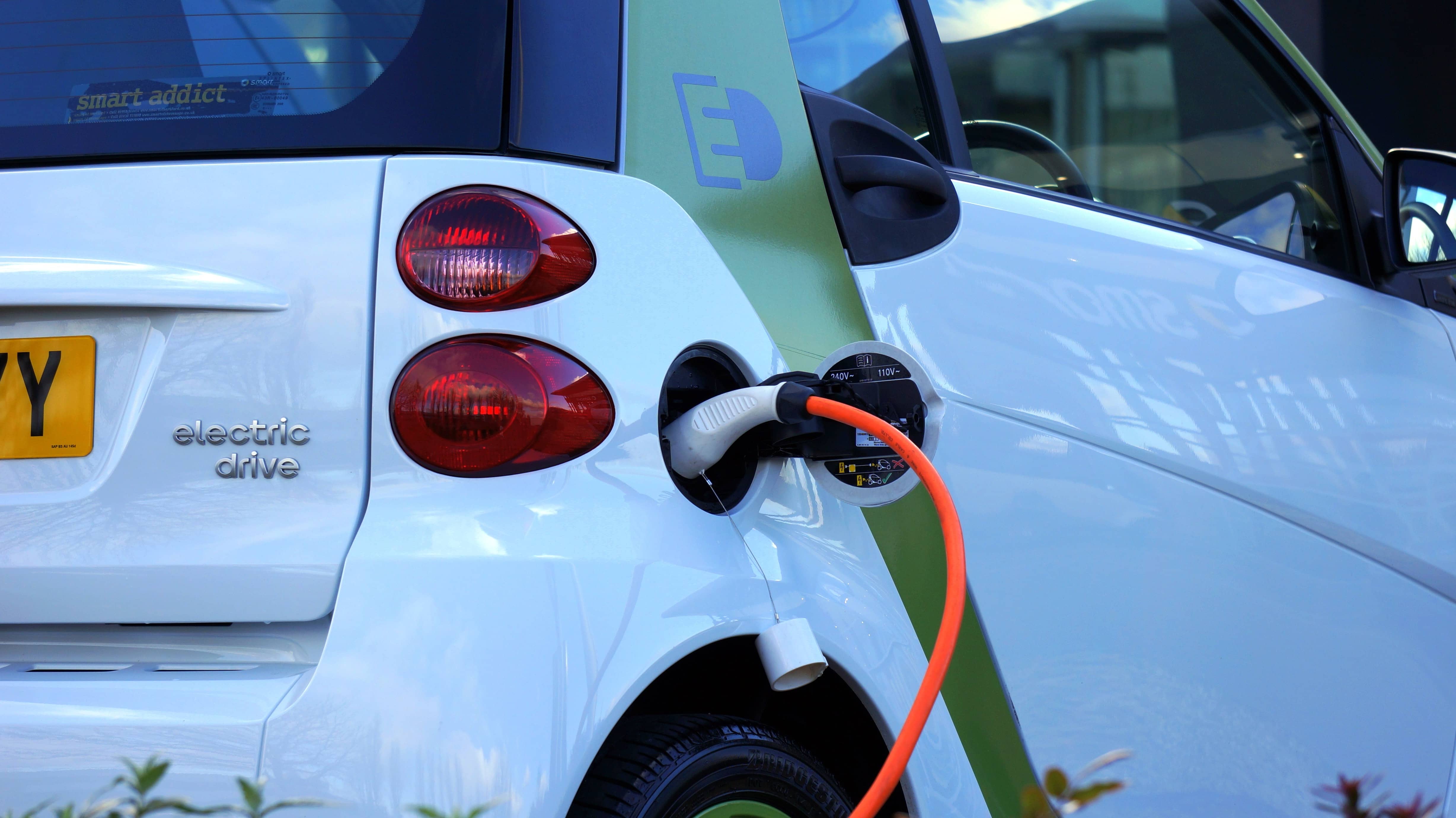
The political and technological challenges of future mobilities

Inventing the future of urban highways
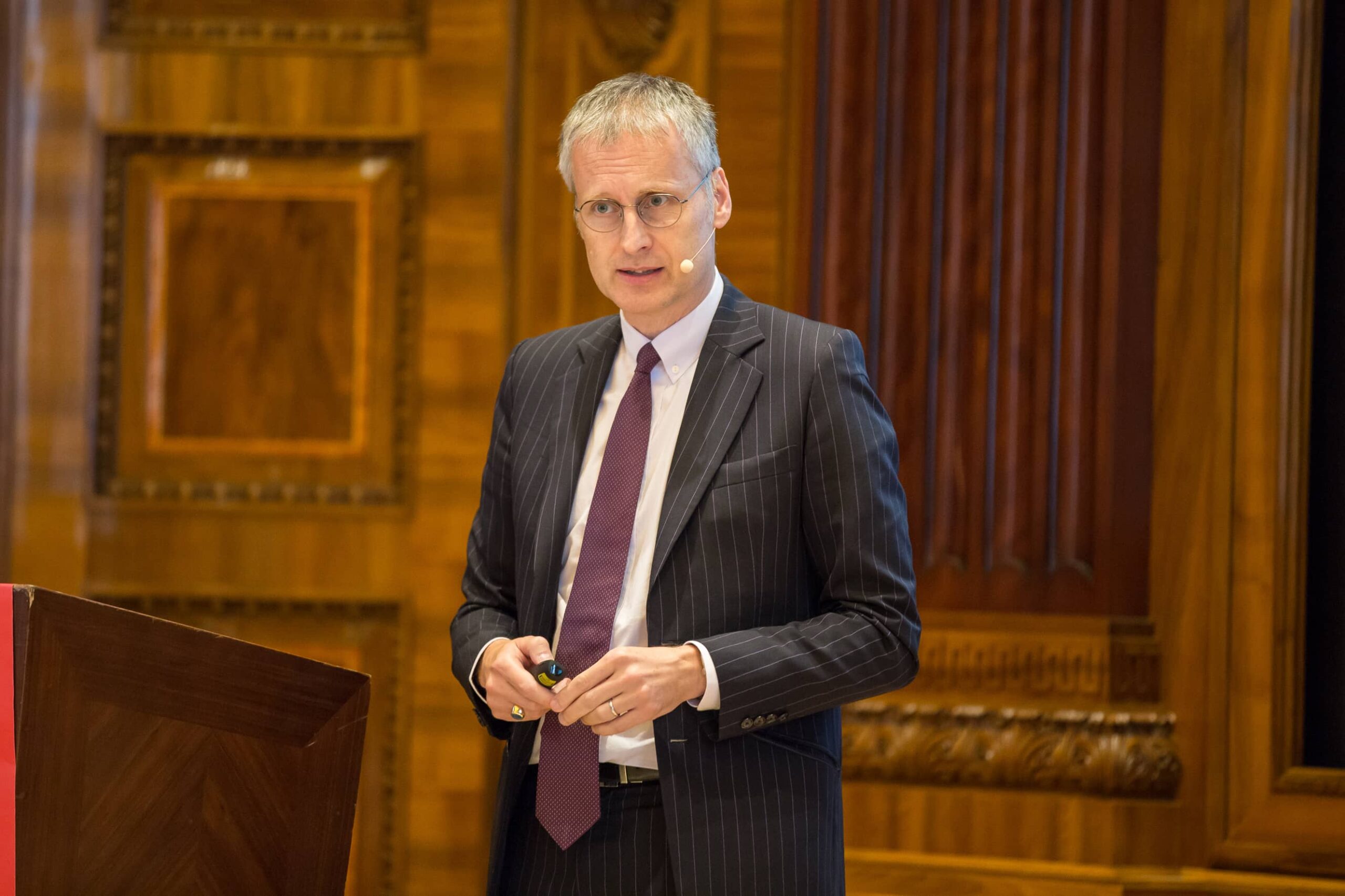
Viktor Mayer-Schönberger: what role does big data play in cities?
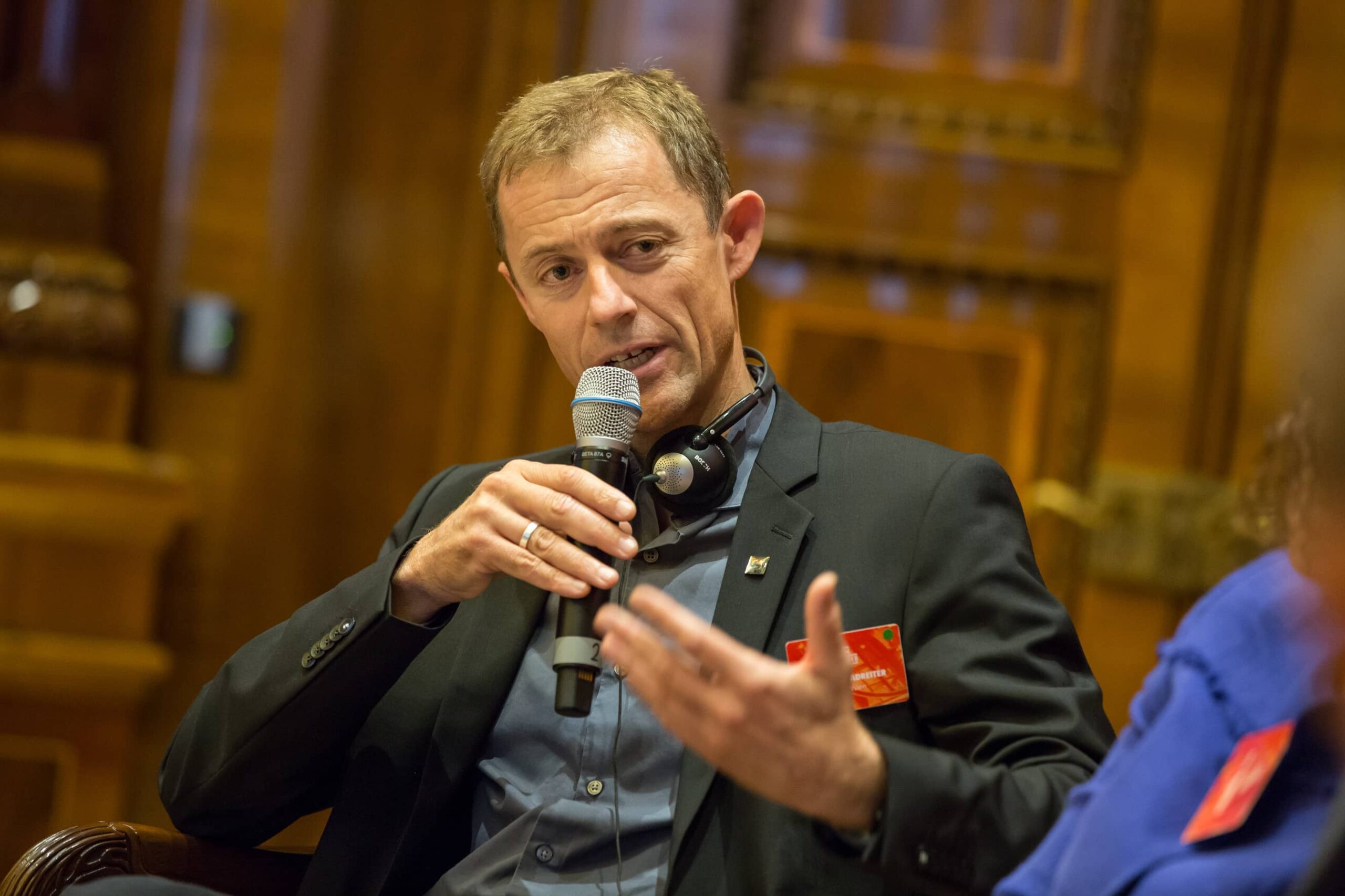
Thomas Madreiter: Vienna and the smart city
“Dig, baby, dig”
La Fabrique de la Cité
La Fabrique de la Cité is a think tank dedicated to urban foresight, created by the VINCI group, its sponsor, in 2010. La Fabrique de la Cité acts as a forum where urban stakeholders, whether French or international, collaborate to bring forth new ways of building and rebuilding cities.















